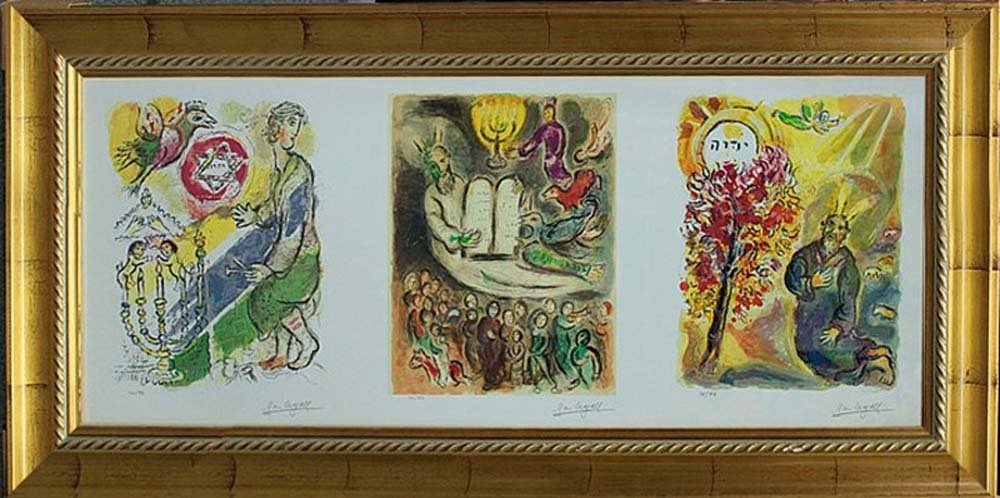“Art therapy asks you to explore your inner experience – your feelings, perceptions, and imagination”
~ Malchiodi, 2007
Listen To Your Own Soul’s Warning Daily Stoic
The goal of any art style therapy is to empower individuals, communities, and society by giving a voice to experience through this visual/symbolic expression.
It is used to, “increase cognitive and sensorimotor functions, foster self-esteem and self-awareness, cultivate emotional resilience, promote insight, enhance social skills, reduce and resolve conflicts and distress, and advance societal and ecological change.”
Art therapy is administered through master-level clinicians at schools, hospitals, and rehabilitation facilities, senior centers, etc. to treat people with medical and mental health problems, and those in search of emotional, creative, or spiritual growth
“In this episode, I chat with Petros to learn about Art Therapy, a form of psychotherapy that uses the creative process of making art to improve a person's wellbeing.”
On Doodling and much more …
Art therapy is a mental health profession that enriches the lives of individuals, families, and communities through active art-making, creative process, applied psychological theory, and human experience within a psychotherapeutic relationship.
*Maria Mai - 06 - Petros Art Therapy
“If I create from the heart, nearly everything works; if from the head, almost nothing.”
– Marc Chagall - whose lively images are on our walls at home
Marc Chagall-Limited Edition Giclee-Exodus Triptych Exodus Series Triptych The signature is in the plate. Edition size is 95. Includes Certificate of Authenticity. Approx. 175 cm x 93 cm Custom framed.

Stained glass windows (by Marc Chagall aka Moishe Zakharovich Shagall) in Reims Cathedral, 1974 - The most amazing Cathedral in the world ...
Art therapy involves using art materials. For example, you might use pens, pencils, crayons, paint, chalk, clay or collaging. You might also use digital media, such as photos or video. You don't need to have any art skills or experience.
With support from your therapist, you might use art materials to express your feelings or experiences. And your therapist might sometimes provide ideas or prompts. For example, some art therapy groups focus on a particular theme or activity each session.
Your therapist won't judge your art or tell you what it means. They'll help you explore what it means to you and how you felt about making it.
For example, you may talk about why you chose a particular colour or material in your artwork. But not everything you make will need to have a meaning.
Some people find that art therapy helps them to:
- Communicate feelings or thoughts they find difficult to talk about
- Look at a problem or situation in a new way
- Explore difficult or painful experiences
- Understand themselves better
- Feel more comfortable in therapy

